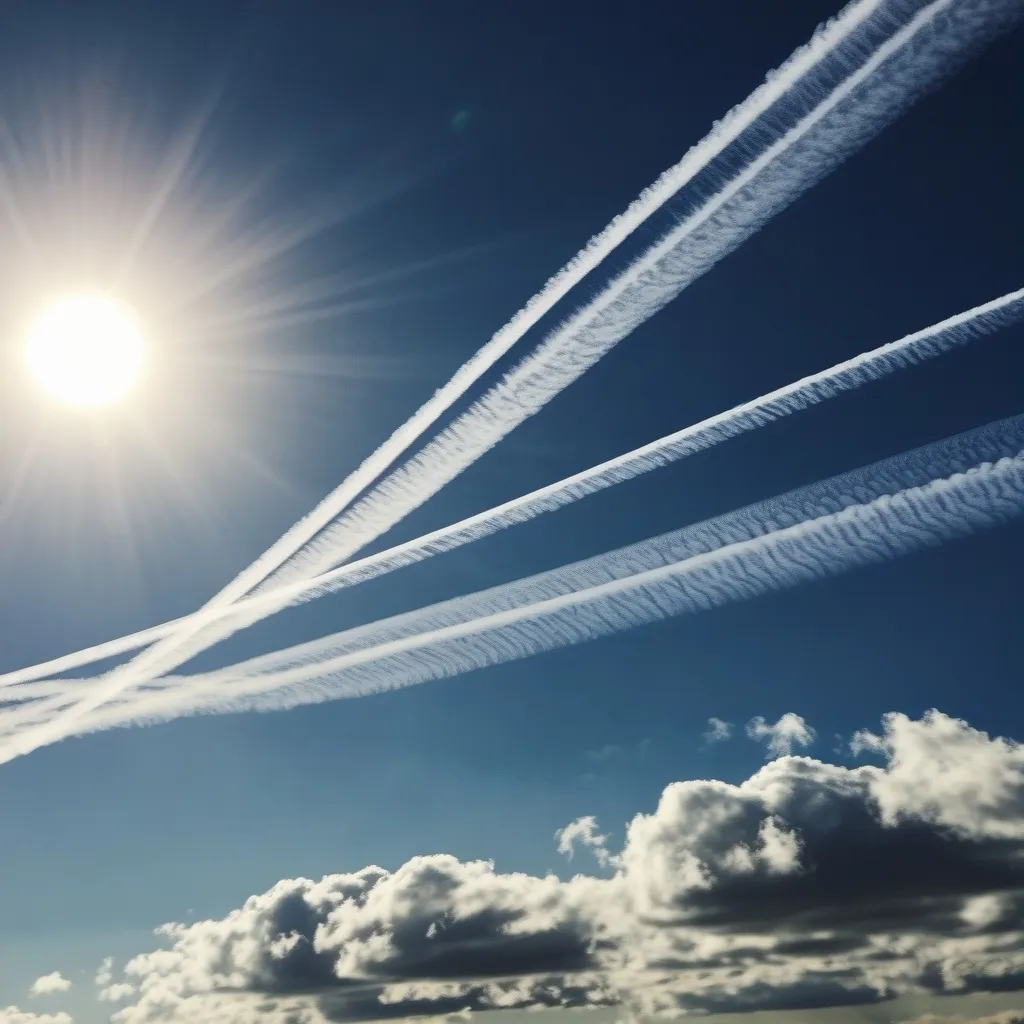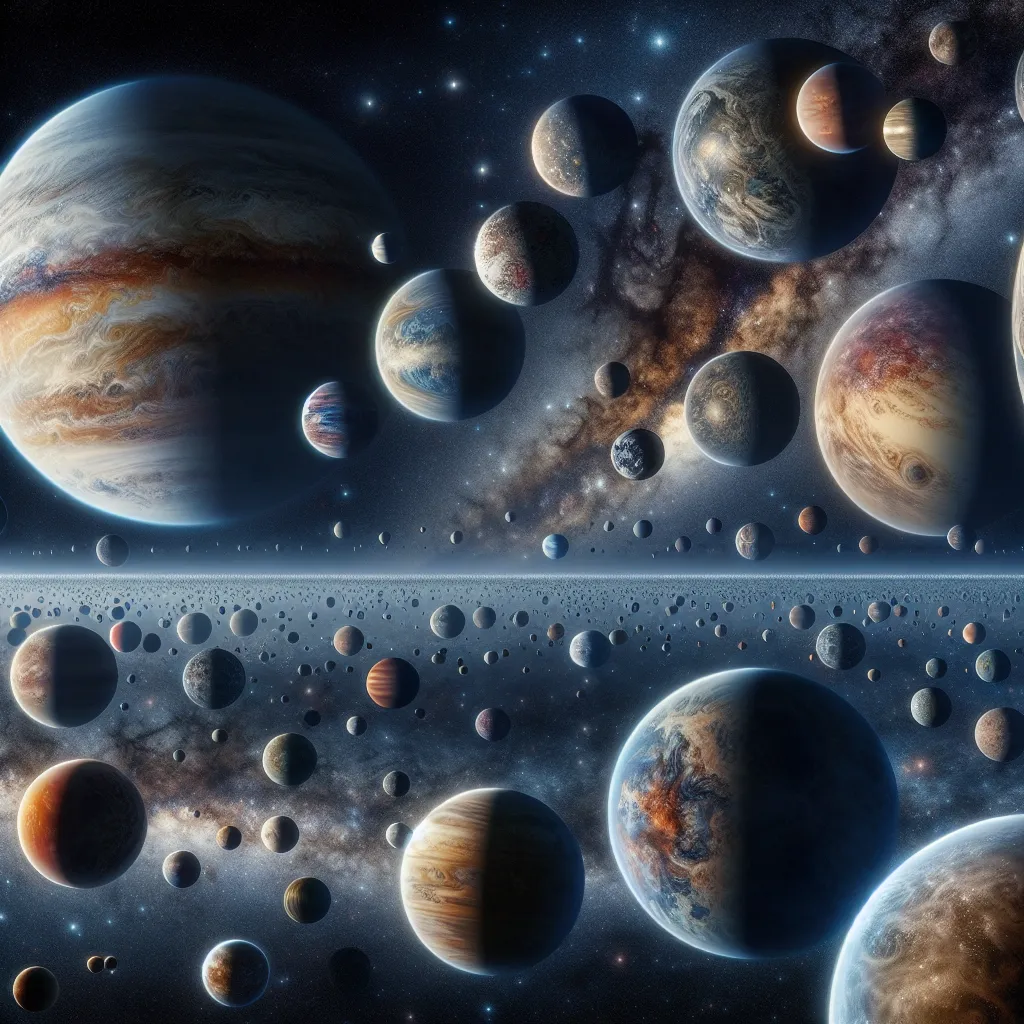A war has been going on for billions of years, killing trillions every single day. Yet, we hardly notice it. This war is fought by the deadliest thing on our planet: the bacteriophage, or ‘phage’ for short.
Phages are viruses—not quite alive, not quite dead. They look almost like something out of science fiction with their icosahedron heads and tail fibers that resemble legs. These viruses are everywhere you can imagine, even billions on your hands right now. But don’t worry too much; they only kill bacteria.
In the oceans alone, up to 40% of all bacteria are wiped out by phages every day. Phages can’t survive or reproduce without a host. They usually target one specific type of bacteria. Think of them as a precision-guided missile that attacks only one particular family of bacteria.
When a phage finds its target, it latches on and injects its genetic material. This turns the bacterium into a factory that produces more phages until it bursts and dies, releasing new phages to continue the cycle.
Recently, humans—the second deadliest beings on Earth—have started paying attention to phages. In our war against harmful bacteria, phages might be our new secret weapon. The rise of antibiotic-resistant bacteria, or ‘superbugs,’ has brought us to a point where simple infections could once again become deadly.
Phages, however, could save us. They are very specialized killers that don’t harm human cells. Unlike antibiotics, which kill all bacteria indiscriminately, phages only target specific harmful bacteria.
While bacteria could develop resistance to phages, the constant arms race between them means that phages also evolve. This ongoing battle keeps phages effective. If bacteria do become resistant to certain phages, it often means they lose their resistance to antibiotics, creating a win-win situation for us.
There have already been successful cases where phages saved lives. In one instance, a man with a severe Pseudomonas Aeruginosa infection—a bacteria resistant to most antibiotics—was cured after a phage treatment.
This kind of treatment is still experimental, and pharma companies are hesitant to invest heavily until it receives more approval. However, interest is growing, and large clinical trials are already underway.
The era of antibiotics being our go-to super weapon might be ending. But injecting phages, the deadliest entities on Earth, directly into our bodies, could end up saving millions of lives.






